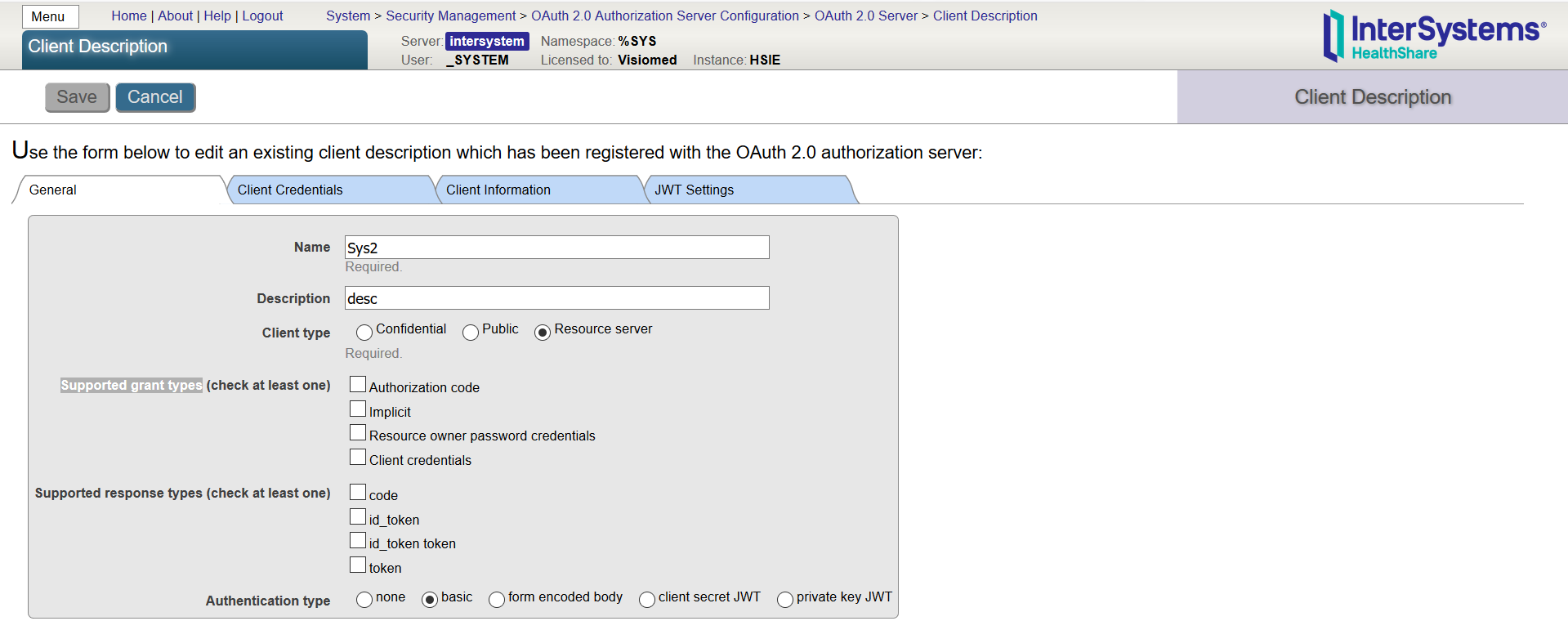Hi everyone
How can I connect using the Terminal to a remote server?
I changed the server indication on the Healthshare icon on the Windows toolbar.
The management portal works but not the Terminal. When I open the terminal it displays only some information about the server ("SSH-2.0-OpenSSH_7.2p2 Ubuntu-4ubuntu2.2"), but it doesn't give the possibility to log in.
Do you have any suggestions how I could fix it?
Thanks a lot and best regards
Milena


